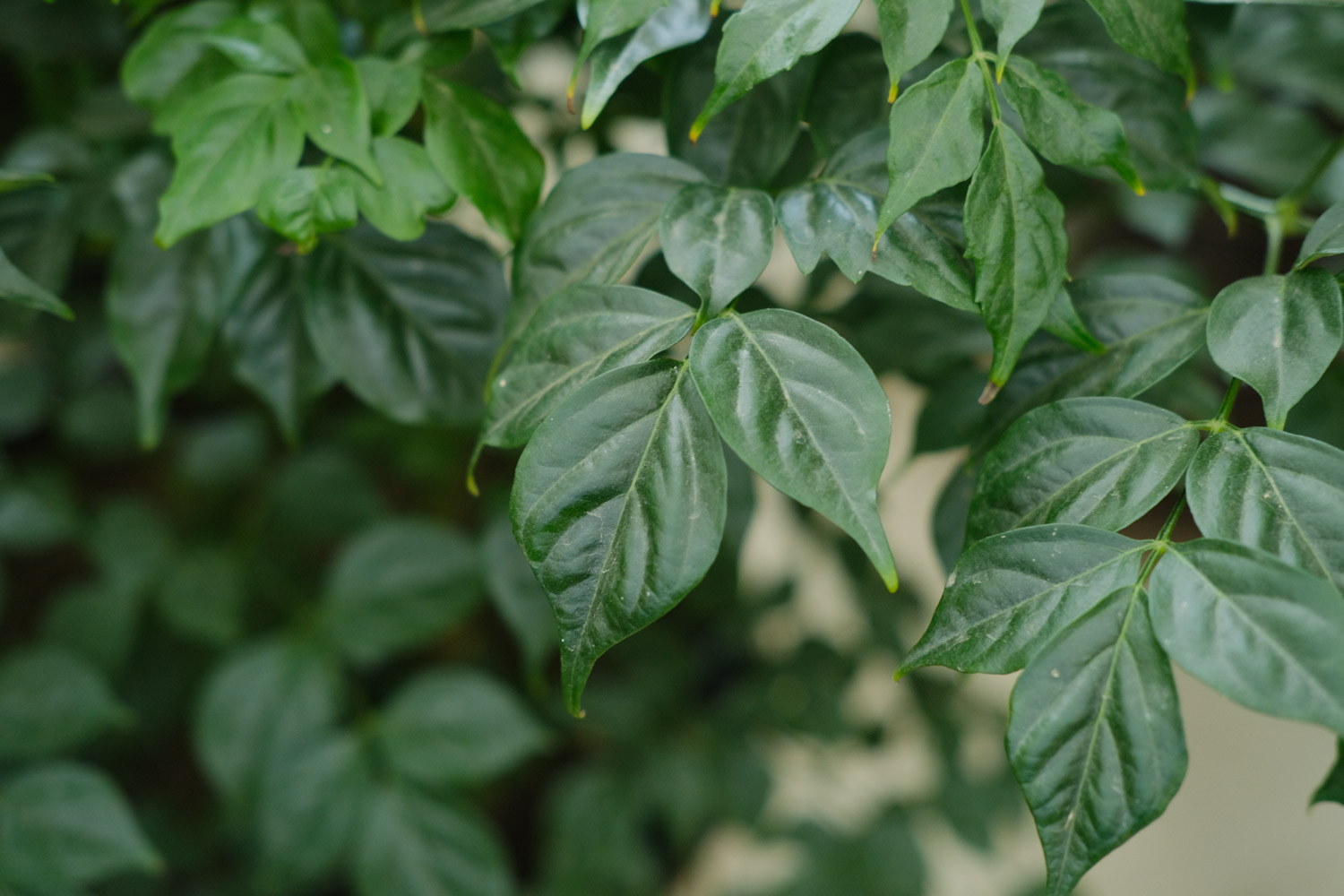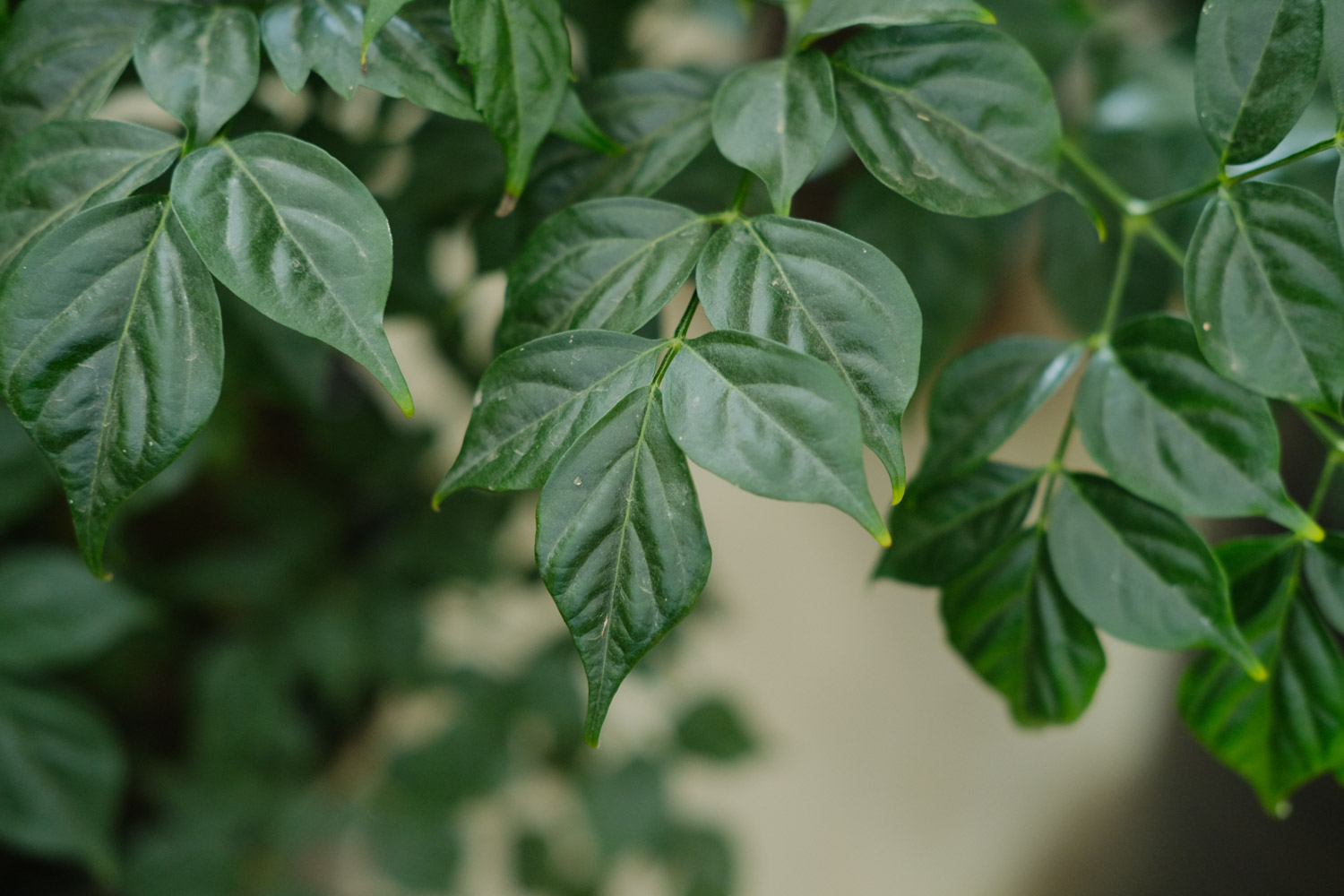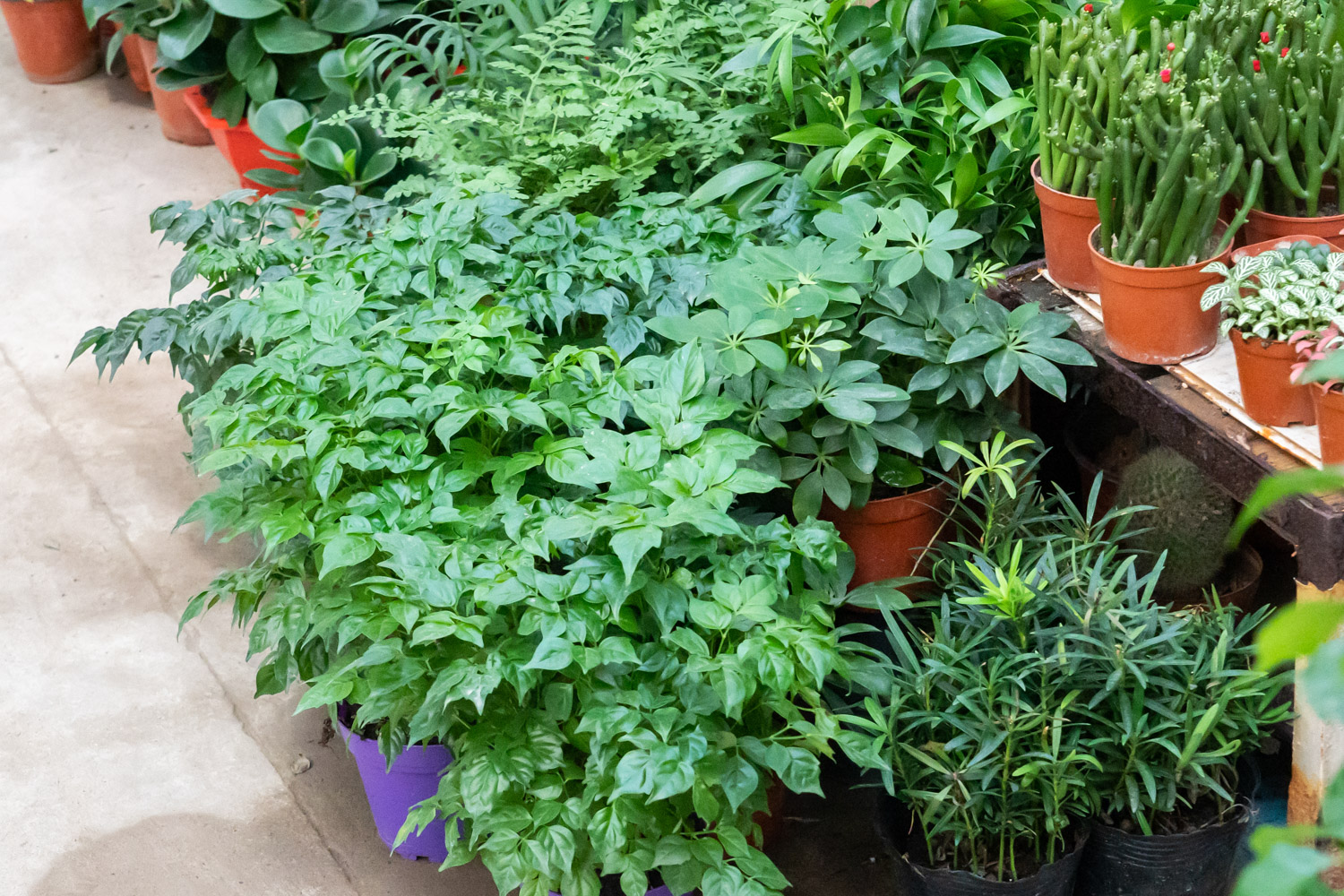1、 Breeding environment
1. Soil: loose, fertile and well permeable soil should be selected, which is very beneficial to the growth of happiness tree
2. Fertilization: apply quick acting liquid fertilizer once a month during the growth period. Because a lot of nutrients are required, it is necessary to apply fertilizer frequently. The temperature is higher than 32 ℃ in summer and lower than 12 ℃ in winter. Fertilization should be stopped in both periods
3. Watering: ensure sufficient water in high temperature season, but no ponding; The amount of watering should be controlled in spring and autumn; Watering should be reduced in winter, otherwise it is easy to accumulate water and rot roots
4. Light: the sun is strong in summer, so it should be properly shaded, and the light should be increased in winter. In indoor breeding, it should be placed in a sunny place. If it is placed in a dark room for a long time, it will be prone to fallen leaves

2、 Breeding method
1. Sowing and reproduction: the seeds are dried and stored in the air after maturity. Before sowing, the seeds are soaked for 3-4 hours. After drying, the sand and soil are stirred and scattered on the seedbed, covered with a layer of soil and covered with a layer of film. After emergence, the film is removed and shaded. When 4-5 large leaves grow, they can be transplanted
2. Cutting propagation: cut 1-2-year-old lignified branches, generally 15-20 cm long, remove all the leaves, and then insert them on the seedbed. At the same time, keep the seedbed moist. After it grows a complete root system, it can be transplanted

3、 Common diseases and insect pests
1. The common disease is leaf spot, which is generally caused by too high temperature, high humidity and lack of ventilation. 50% carbendazim wettable powder can be sprayed 600 times, once every 15 days
2. The main pest is scale insects. If the quantity is small, wipe it off directly with a rag. If the quantity is large, spray it with 1500 times of 25% chlorpyrin wettable powder


 how many times do yo...
how many times do yo... how many planted tre...
how many planted tre... how many pine trees ...
how many pine trees ... how many pecan trees...
how many pecan trees... how many plants comp...
how many plants comp... how many plants can ...
how many plants can ... how many plants and ...
how many plants and ... how many pepper plan...
how many pepper plan...





























